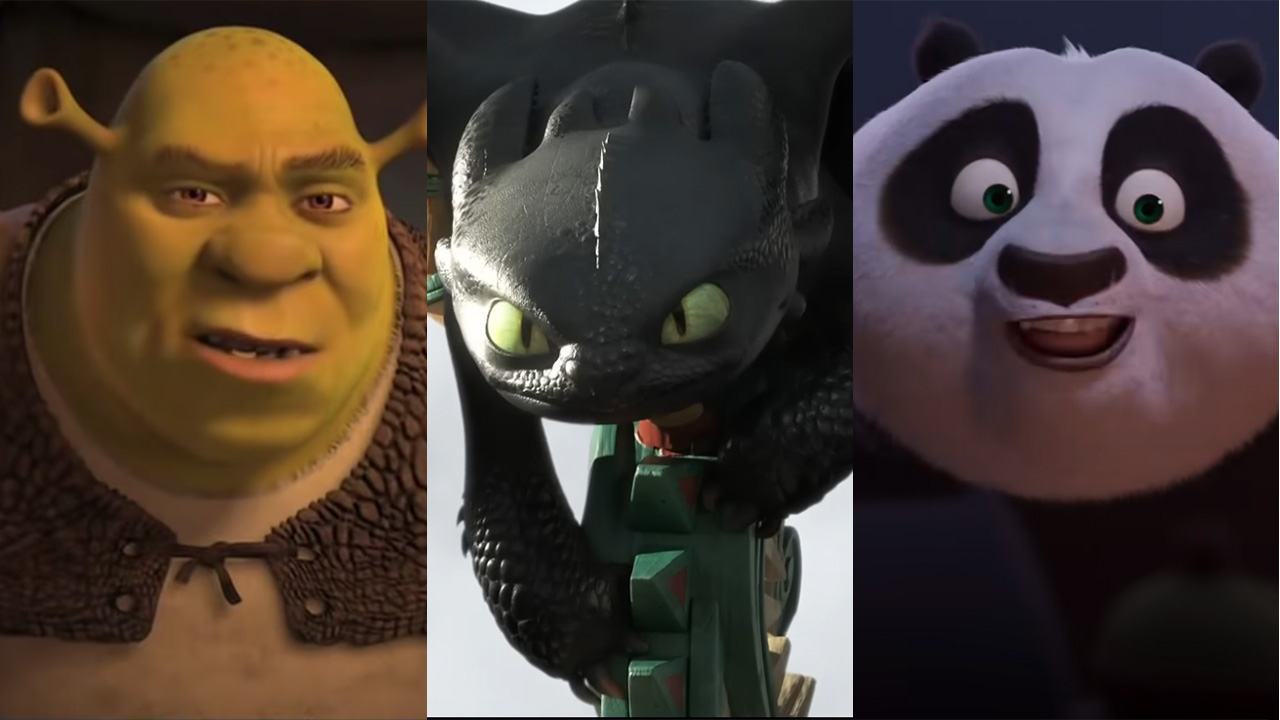Game of Thrones ' author George RR Martin , who helped helped bring the long-extinct dire wolf back to life after years of extinction has shared his experience of meeting the pups on his new blog. “So D-Day came early, on April 7 instead of April 8. Welcome to Direwolf Day.
I've been holding my tongue for months now, sworn to silence yet dying to tell the world. Pardon my shouting, but..

. THE DIREWOLF IS BACK..
. There’s so much more to say..
. and a lot of stories out there are saying it. For my part.
.. well, let me first thank Peter Jackson, who phoned me up from New Zealand with a mysterious suggestion that I phone this guy named Ben Lamm, who had something huge he wanted to share with me.
Peter had taken an oath of silence, so he could not share the secret with me, but I could hear the excitement in his voice, so I made the call. And damn, I am sure glad I did,” he wrote a long note on Facebook along with a link to his blog. “Extinct for more than ten thousand years, but extinct no longer, thanks to Ben Lamm, George Church, Beth Shapiro, and the rest of their team of mad scientists at Colossal, the world leader in the science of “de-extinction.
” I met them all in February, in...
well, that would be telling. And I met Romulus and Remus too. Here’s me and Romulus.
(Or maybe Remus. They’re twins, and hard to tell apart,” he wrote before sharing a photo with one of the three pups who are back from extinction. Martin, who famously immortalised dire wolves as the sigil of House Stark, is now helping rewrite natural history itself.
After being approached by a team of genetic engineers working on the de-extinction of the species, he signed on as both a cultural advisor and an investor. His influence went beyond a signature on paper; he flew out to meet the first dire wolf pups—named Romulus and Remus—at a private preserve, and even posed them on the Iron Throne for a photoshoot using the 330-pound prop loaned by filmmaker Peter Jackson. “Many people view dire wolves as mythical creatures that only exist in a fantasy world.
But in reality, they have a rich history of contributing to the American ecosystem,” Martin said in a statement. In an interview with CBR, Colossal co-founder Ben Lamm claimed that the dire wolves made an impact on Martin who had an emotional reaction to the puppies. Martin had met the wolves prior to their birth being made public.
Lamm said that he invited the Games of Thrones creator to come meet the wolves. "I did fly George out to meet the Wolves, and he cried! He completely cried. He said this was like one of the greatest things that he's ever seen," he said.
Describing the dire wolves, Lamm said that they behaved like puppies inititally. “I'd say initially that they were more playful and kind of more puppy-like up until recently. Now they're acting more like wolves,” he said.
The co-founder explained that they are slowly exhibiting wolf-like behaviours and a 10-person team monitors their growth closely. "They're getting to the point that I wouldn't try to pet them or anything anymore," he added. Long before they were household names in Westeros, dire wolves were real predators that roamed North America during the Pleistocene epoch.
They vanished nearly 10,000 years ago, likely due to the extinction of the large herbivores they hunted. But thanks to a combination of ancient DNA and modern gene-editing tools like CRISPR, scientists have now succeeded in recreating a close approximation of the species. Researchers extracted genetic material from two dire wolf fossils—a 13,000-year-old tooth and a 72,000-year-old skull—and edited the genome of a gray wolf, their closest living relative.
The result: three pups bearing the hallmark traits of dire wolves, including thicker fur, larger frames, and snow-white coats—a trait selected based on new studies suggesting the original species may have had pale coloring. Romulus and Remus, both male and now six months old, are already approaching 80 pounds and are expected to reach up to 150 pounds in adulthood. The third pup, a female named Khaleesi, was born in January and is also thriving.
All three are now living on a 2,000-acre protected preserve at a secret location. The project’s broader goal is to reintroduce the species to ecosystems across North America, including lands stewarded by Indigenous communities. While some scientists debate whether these animals can be considered “true” dire wolves, there’s no denying that their howls—once silenced for millennia—are echoing once again, thanks in part to a storyteller who made them legends.
.
Entertainment

GOT author George RR Martin writes a blog after meeting dire wolves: ‘Pardon my shouting, but ..THE DIREWOLF is back’

Demonstrating his commitment, George R.R. Martin visited the private preserve where the dire wolf pups reside, an area certified by the American Humane Society.















